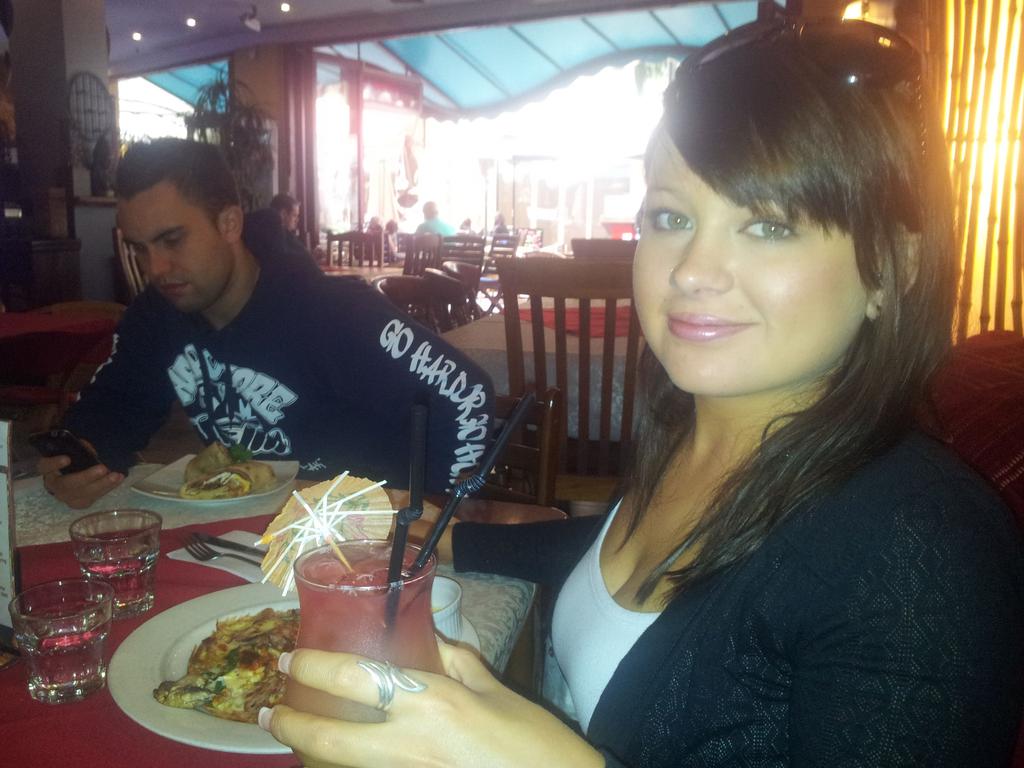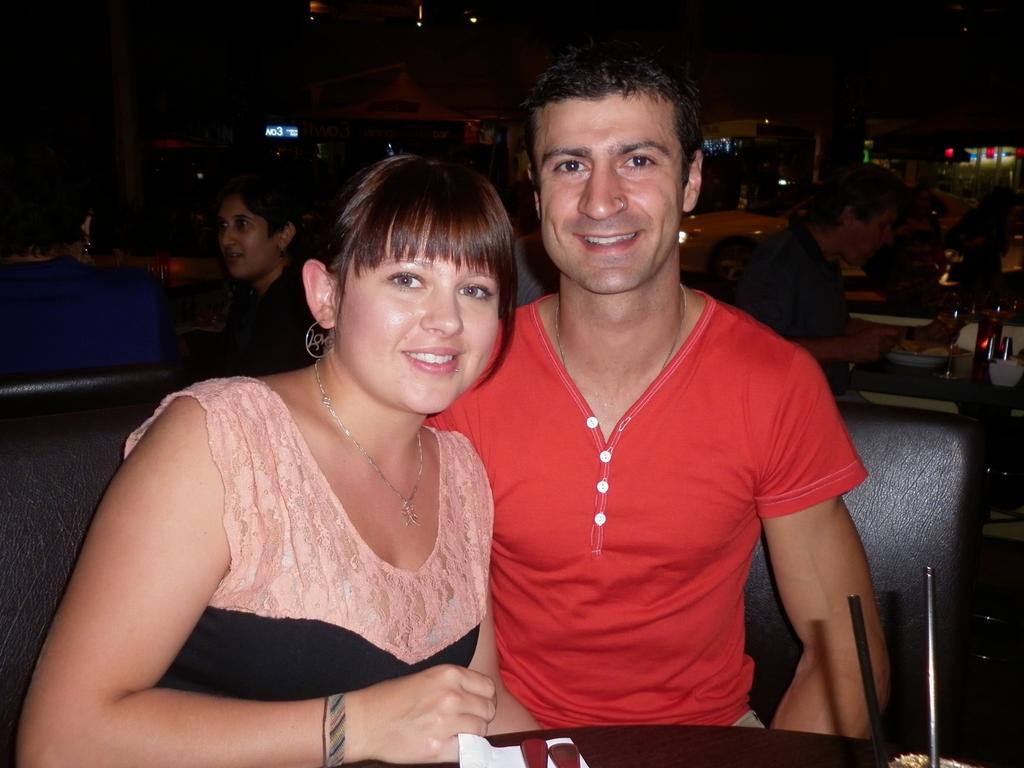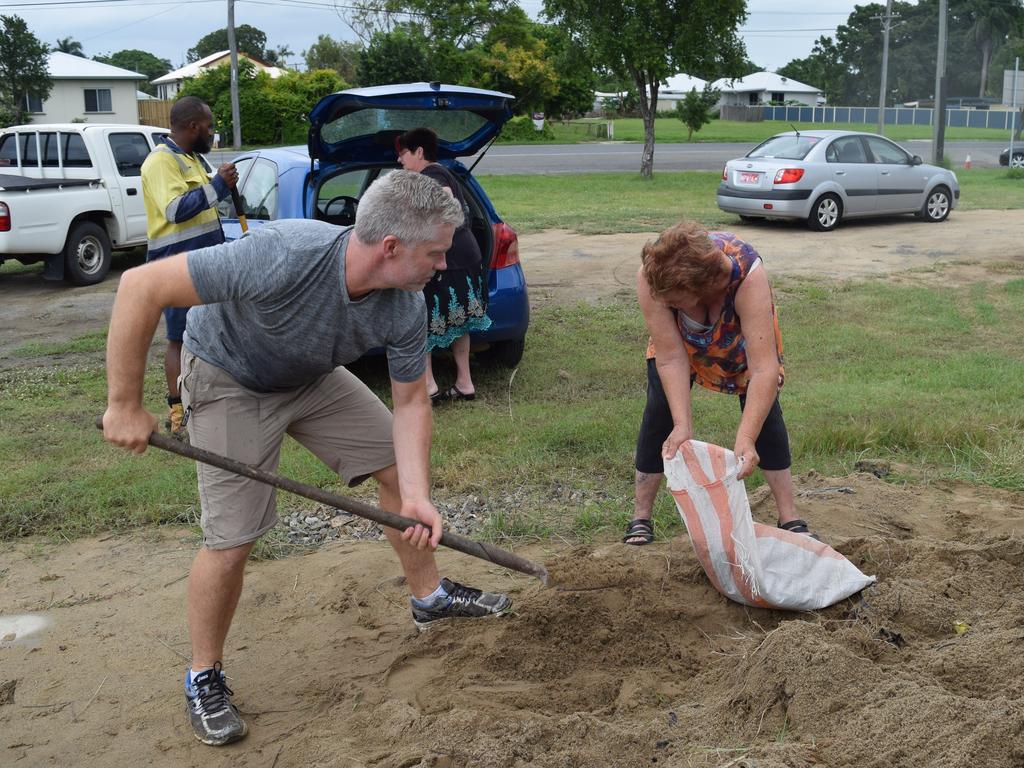Shandee’s Story: Partial DNA ‘was bad evidence’
Forensic evidence used to link an alternative suspect to Shandee Blackburn’s murder would never have been allowed against the accused, experts say.
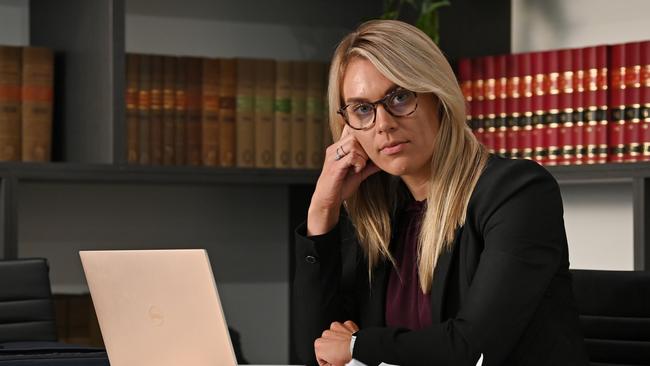
Highly speculative DNA evidence was used by the defence in the Shandee Blackburn murder trial to state there was a “forensic link” to an alternative suspect.
The 2017 trial of Blackburn’s former boyfriend John Peros for her savage stabbing murder heard a local criminal, Indigenous man William Daniel, potentially matched a partial mixed DNA profile on her pants.
“There is a forensic link between him and the deceased’s clothing,” Mr Peros’s criminal defence lawyer, Craig Eberhardt, said in his closing address, according to official court transcripts.
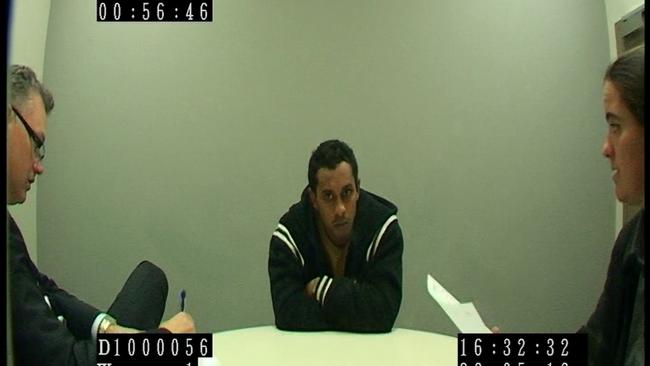
Blackburn family lawyer Kristy Bell says the forensic evidence, involving a very weak partial DNA profile that was also a potential match to millions of other people worldwide, would “absolutely not” have made it to court against an accused.
“If I were defending a person charged with murder and there was a DNA result with a likelihood ratio of eight, the application would be to exclude that evidence,” Ms Bell said.
“It would be extraordinary for that to be able to be led. It’s bad evidence.”

The controversial forensic sample is analysed in the final episode for this year of Shandee’s Story, the investigative podcast series that has been examining Blackburn’s unsolved 2013 murder, which occurred as she walked home from work in Mackay on Queensland’s central coast.
Mr Peros was acquitted of the crime in less than two hours.
A coroner last year found he did kill Blackburn, 23, but did not find fresh and compelling evidence to charge him again under double jeopardy laws.
A scientist called to give evidence at the trial who was asked by the defence if there was slight support for it being Mr Daniel’s DNA on the victim, replied: “Mathematically, yes, but in practical purposes it’s so close to one as to be meaningless.”
Trial judge Jim Henry later directed the jury to ignore the comment that it was meaningless, saying “the expert simply tells you what the results were and what the probabilities are based on statistics”.
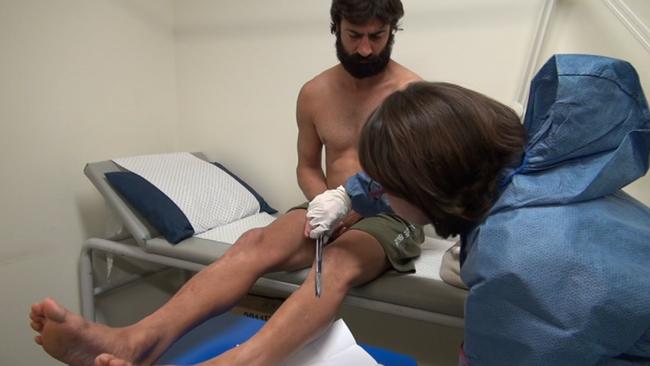
DNA expert Kirsty Wright, reviewing the forensic evidence for Shandee’s Story, says Queensland’s government-run laboratory tested 85 samples from Blackburn and her clothing.
Only one of those samples, the partial DNA profile from Blackburn’s pants, was consistent with Mr Daniel – along with an estimated 12 per cent of the world’s population.
“Out of the 40 pieces of DNA information that you could obtain a profile from, you’ve probably only got maybe two pieces of information,” Dr Wright said.
“There’s probably five or six people in that courtroom alone that would have that same DNA profile.”
Dr Wright found the partial DNA profile was in fact also consistent with three other people connected to the case, including Blackburn’s manager at the Harrup Park Country Club’s coffee shop, Tanya Sehmish. The lab reported that both Ms Sehmish and Mr Daniel had a “likelihood ratio” of eight – meaning both were eight times more likely to have been the source of the DNA than a random member of the community.
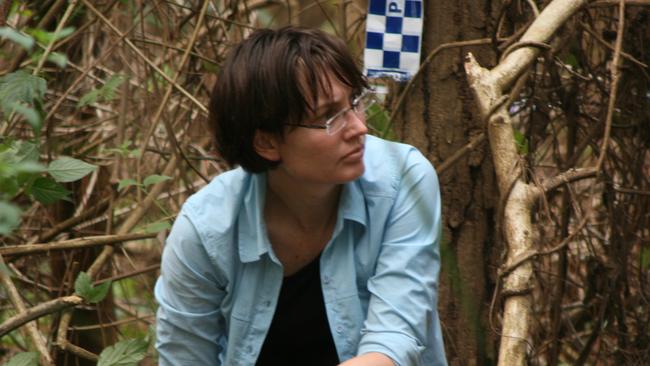
The jury wasn’t told Ms Sehmish was equally likely to have been the DNA’s source, through her work with Blackburn.
Mr Eberhardt said in his closing address that Mr Daniel was probably and “perhaps even almost certainly” the killer.
Telling the jurors there was no DNA or forensic link between the crime and Mr Peros, he added “unlike William Daniel”.
Justice Henry later said the defence was doing its job but “plainly it is not a high enough probability” to say Mr Daniel was a match to the partial DNA profile.
Dr Wright said it was “really overstating the meaning of that evidence” to say there was a forensic link.
“There’s every opportunity that the jury just had no idea what this evidence actually meant,” she said.
Significantly, Dr Wright also found a forensic failure potentially prevented the issue being resolved before the trial.

About 15 samples from Blackburn’s shirt, pants and hair band were sent to an Australian Federal Police lab for Y-STR testing – a specialised form of DNA analysis unavailable in the Queensland lab at the time, which zooms in on the male Y chromosome.
The sample that “linked” to Mr Daniel was not one of them.
“I think it was oversight,” Dr Wright said, adding the test could still emphatically include, or exclude, Mr Daniel as the contributor. Mr Daniel denies involvement.
Blackburn family lawyer Ms Bell said the DNA evidence could be used because “it’s not (Mr Daniel’s) liberty or his guilt or innocence that’s at risk”.


